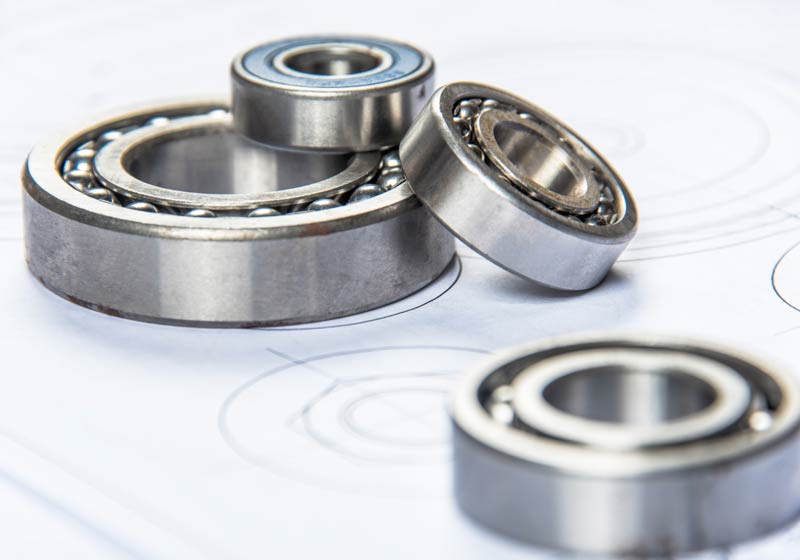Ball bearings are vital components that can transform the performance of mechanical equipment. By reducing friction between moving parts, they allow machines to operate more smoothly and efficiently. By optimizing motion, these small yet powerful devices not only improve equipment performance but also contribute to energy savings. Accurate selection and maintenance of bearings are crucial. Doing so ensures consistent operational efficiency and significantly prolongs machine service life, reducing the need for frequent repairs and associated costs. Investing in high-quality bearings and following regular maintenance practices can make all the difference to sustained performance and durability in industrial equipment.

Ball bearings are vital components that can transform the performance of mechanical equipment.
By reducing friction between moving parts, they allow machines to operate more smoothly and efficiently. By optimizing motion, these small yet powerful devices not only improve equipment performance but also contribute to energy savings.Accurate selection and maintenance of bearings are crucial. Doing so ensures consistent operational efficiency and significantly prolongs machine service life, reducing the need for frequent repairs and associated costs. Investing in high-quality bearings and following regular maintenance practices can make all the difference to sustained performance and durability in industrial equipment.
At its core, ball bearings are designed to facilitate rotational motion and support radial and axial loads. Balls are housed between an outer ring and an inner ring, enabling smooth relative rotation of moving parts. This design protects moving components from premature wear and allows operation with minimal resistance, enabling high-speed duty.
Ball bearings are crucial to improving system efficiency wherever they are employed. They enable machines to operate with less input energy, reducing the effort required by motors and gear trains. The result is smoother operation and significant energy savings, benefiting both the environment and operating budgets.
Reducing friction is one of the bearing's most valuable characteristics. Less friction generates less heat, which in turn means less wear. Proper selection, correct lubrication, and adherence to operating limits are imperative to achieve durability, sustain efficiency, and promote system sustainability.
Thanks to precise construction and efficient design, ball bearings minimize component wear, allowing equipment to operate longer without frequent repairs or replacements.
Lower friction means less wear and fewer interventions, reducing downtime and maintenance spend, and preventing costly emergency stops.
With a lower probability of failures caused by friction and wear, machines can run for longer periods without unexpected breakdowns—supporting uninterrupted productivity and tighter production schedules.
When selecting a ball bearing, evaluate:
Premium materials (e.g., high-grade chrome steel, stainless steel, advanced ceramics) deliver greater wear resistance, lower maintenance, and longer operating time, cutting lifecycle costs and improving machine performance.
Correct mounting and alignment prevent excessive stress and accelerated wear. Use appropriate alignment tools (e.g., laser systems) and follow OEM assembly guidelines (torque, press fits) with trained personnel.
Smart bearings with embedded sensors provide real-time data (temperature, vibration, speed), enabling predictive maintenance via IoT and data analytics.
As automation expands, bearings must operate autonomously, with higher reliability and lower maintenance. Modern bearings are being designed to integrate seamlessly with automated systems, supporting continuous operation and reduced energy consumption.
Ball bearings play a crucial role in improving equipment performance by minimizing friction between moving parts. They enable smooth, efficient motion, maximizing operational efficiency and enhancing speed and precision while optimizing energy use.
Correct bearing selection—considering load, speed, and environment—and regular maintenance are essential to avoid premature failures and unplanned downtime. Proper lubrication further reduces friction, protects against corrosion, and dissipates heat.
In summary, ball bearings are vital components that can transform mechanical performance. Choosing the right bearing and implementing preventive maintenance are effective strategies that boost productivity and reduce lifecycle costs over time.